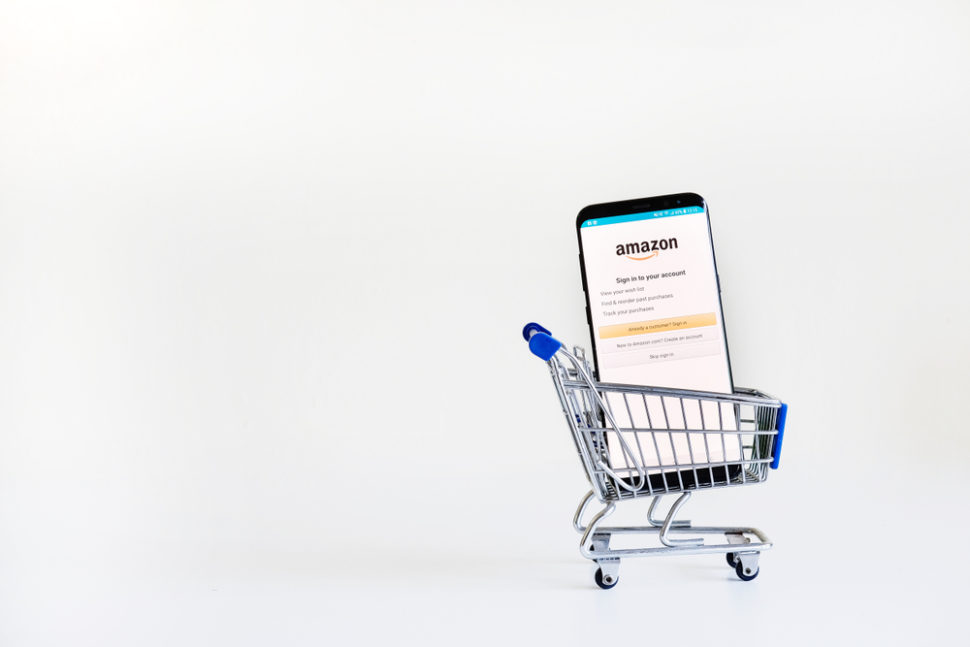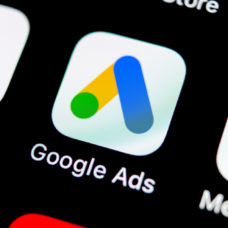Amazon is beating Google Shopping. Why? Because Google Shopping stopped being Google.
Google Shopping used to be a search engine for products.
Back in the golden days, who sold the product or from what website didn’t matter — the only thing that mattered was trust.
This was largely because Google Shopping relied on a legitimate shopping algorithm based on individual reviews and the trust that people placed in the shipper.
In short, like the now-defunct Google Plus, Google Shopping used to be an organic place for organic searches.
If the tech juggernaut had succeeded at building a successful and organic shopping search engine, it could have been the neutral Switzerland of the online world.
But, these days, Google Shopping is pay-to-play. And that’s a real cop-out. Do you want your product in Google shopping? You have to pay.
Google Shopping missed its opportunity to be Google. And that’s why Amazon is winning.
How Google Shopping Lost Its “Google”
In the beginning, whatever it was that you sold, customers could find your product on a myriad of websites via Google Shopping.
Then, I think Google Shopping tried to become Amazon. Google Shopping should have stayed true to its Google self.
The result is Amazon sticking it to Google in a big way.
As the old saying goes, “Be yourself. Everyone else is already taken“.
Let’s say you want to buy a toaster oven (perfect for heating your English muffin).

You hop over to Google Shopping. At the top of the search, you see a horizontal line and the word “sponsored”.
Click on the information button and this pops up:
“Products and offers that match your query. Google is compensated by these merchants. Payment is one of several factors used to rank these results. By default, ranking on Google Shopping is based on a combination of advertiser bids and relevance, such as your current search terms and your activity. Visit Google’s Consumer Ads Help Center or the About Google Shopping page to learn more. To block specific advertisers, opt out of personalized ads or confirm your opt-out status, visit Google’s Ads Settings. Prices shown include applicable taxes. Shipping costs may vary.”
Hmm. Now, take a look at your toaster oven search results. You’ll notice they’re all major brands.
This means that the Google Shopping algorithms rank results according to who pays more. Or, who is the largest sponsor.

This goes against what Google is supposed to be: a place of trust. A place where merchants are ranked according to the level of service they provide. Not by how much they pay for the privilege.
The reason I used Google was that I truly believed it found the best organic results. Remove the organic search from Google and I’m going to stop using Google as a search engine.
But, What About Amazon?
Ok, Let’s look for a toaster oven on Amazon.

Their results are trickier. Compared to Google Shopping, Amazon peppers sponsored results with non-sponsored results. Essentially, Amazon randomizes the results to show a mix.
Pro Online Shopper Tip: I get around this by sorting the results by average customer review. You know, the way that Google Shopping used to work.
It’s clear that the Amazon sponsored product ads are a roaring success. But, if my mom and dad look at the “bestseller” label for this toaster oven, will they know it’s a sponsored product?
Now, let’s compare Amazon vs. Google Shopping’s reporting. On the Google Shopping page, an entire box stands out as an ad.
This is working for Amazon in the short term, but it could undermine future trust in the results and the platform itself. If you applied Google Ad standards to the Amazon home page, they might fail.
“This goes against what Google is supposed to be: a place of trust. A place where merchants are ranked according to the level of service they provide. Not by how much they pay for the privilege.”
Here’s Google’s standard for misrepresentation:
“We don’t want users to feel misled by ads, so we strive to ensure ads are clear and honest, and provide the information that users need to make informed decisions. We don’t allow ads or destinations that intend to deceive users by excluding relevant information or giving misleading information about products, services, or businesses.”
Would Amazon pass? Maybe, but it would be a squeaker
I admit that this might be moot as Amazon shifts from a store to a logistics company.
Read More: Amazon Advertising Departments Undergo a Complete Overhaul
Amazon vs. Google Shopping: Why Amazon Dominates
Amazon is trying to be the open air flea market. Anyone can sell their product there. In that sense, the Amazon approach has destroyed Google Shopping.
Google Shopping was a way to find any product from any store. But Amazon wants to be your “everything store”. And everybody store, for that matter, if Amazon’s goal is to get everybody to sell with them.
That’s what makes Amazon peerless as a logistics company: they’ll even sell you your own logistics company.
For instance, with about $10,000, and you can start your own Amazon Center. Load up any product you want to see in a strategically-located Amazon warehouse. You pay Amazon for the marketing, you pay Amazon for the logistics.
All your focus goes to making the best products and building trust with your target audience.
The main difference here is that Google Shopping seems to focus on short-term gains while Amazon is building a long-term strategy. While Google Shopping gets the last out of a dying business model, Amazon is building a new one from the ground up. And, more organically. Maybe it’s the Whole Foods influence.
“If I make toaster ovens, I’m moving my search budget to Amazon. if I sell on Google, all My customers see are my competitors.”
A recent CNBC headline read “Some advertisers are moving half their search budget from Google to Amazon”. As a scientist, this headline drives me crazy.
Your eye goes straight to “half of their search budget”.
But, it also says “some” advertisers. Since the definition of “some” is “at least one”, the headline could refer to a single person. What does “some” mean? But, I digress.
The question is: what type of advertisers? The answer is: the kind that are selling products.
If I make toaster ovens, I’m moving my search budget to Amazon. Interested customers can click “buy now with Prime” and, boom, I sold a toaster oven. Whereas if I sell on Google, all my customers see are my competitors. It’s just less attractive.
Plus, who uses Google shopping anymore?
You can’t tell the story of shifting ad budgets to Amazon without telling the story of Google Shopping. Its success, its evolution, and it’s the ultimate failure to stay a Google product.
Google Shopping stopped being Google. And if this is a trend continues, we may have a good reason to stop googling.



















Comments (0)
Most Recent